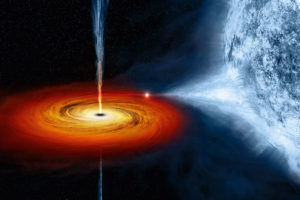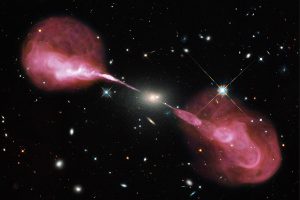Search
Vicent J. Martínez, Full Professor of Astronomy and Astrophysics of the University of Valencia, answers this question about the two sides of the Moon
Mètode Science Studies Journal publishes the 2017 annual review, under the title Unravelling science. The seventh issue of this English language publication focuses on the secrets of neuroscience, the connection between science and ideology, science from a gender perspective, and twenty-first century astrophysics and cosmology,
The existence of habitable extra solar planets, is nothing new in science fiction cinema. Perhaps more interesting is the existence of unusual planets, such as the planet Tatooine from Star Wars (1977), by George Lucas, that orbits a binary star system.
Scientific philosophy is that which is informed by science. It uses exact tools such as logic and mathematics and provides a framework for scientific activity to solve more general questions about nature, the language we use to describe it, and the knowledge we obtain thanks
The universe at large is dominated on the one hand side by gravity and on the other by weakly interacting particles. The identity of dark matter remains an unresolved mystery of the universe. Meanwhile neutrinos have matured from their status as ghost particles to distinctly visible messengers for some of the most intriguing astrophysical phenomena.
Els neutrins són partícules neutres que tan sols interactuen dèbilment, la qual cosa les converteix en poderoses fonts d’informació sobre els processos més energètics de l’univers, però es necessiten detectors de dimensions gegantines ubicats al fons del mar o davall el gel antàrtic per a poder detectar-los.
The gamma-ray radiation represents the most energetic «light» of the electromagnetic spectrum.
X-ray emission from cosmic sources indicates that these sources are heated to temperatures exceeding a million degrees. These observations greatly impacted our understanding of the physics governing the evolution of structures across the universe.
In this article, we summarise several of the most well-known astrophysical scenarios, and offer a brief description of what we currently know about them.
We see the sky and admire its regularity and stability, its apparent immutability. We have always done so; it does not come as a surprise, since humans have always been startled by any change in the sky, associating it with omens or the mood swings of gods. At that time, they might call these changes «new stars», even if they were, for example, a supernova explosion, as in the case of Tycho’s supernova in the sixteenth century.










